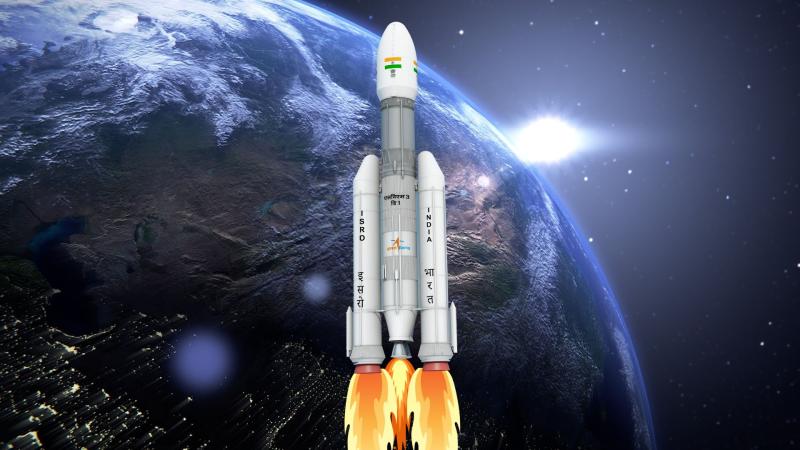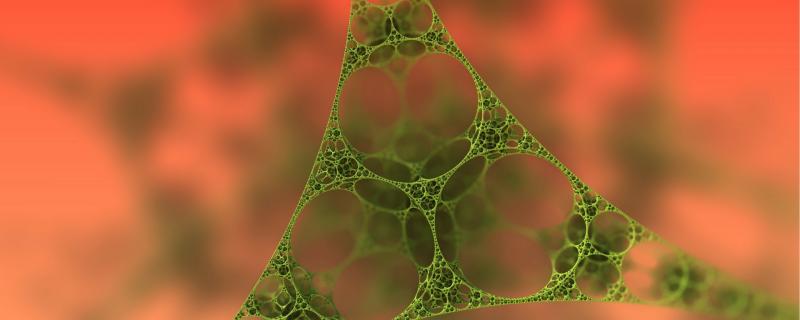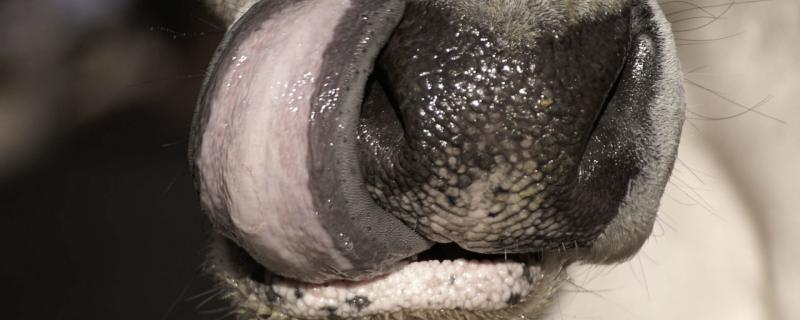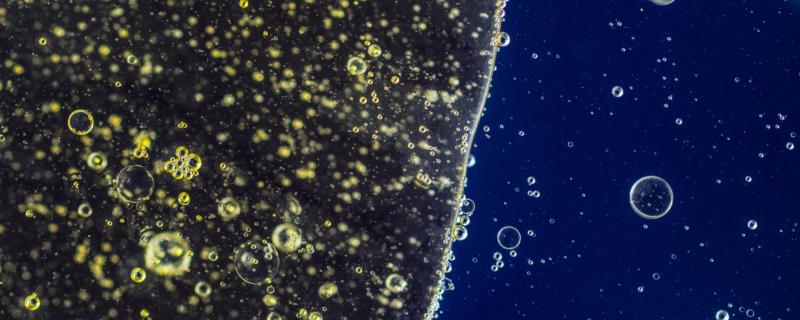The summer is here, and the newspapers are already flashing headlines on how hot this summer could be. While we humans may turn on the air coolers, what would the thousands of animals and plants do? It turns out, some trees have unique tricks up their leaves, quite literally! A new study by researchers from the Indian Institute of Science Education and Research (IISER), Pune, and Oak Ridge National Laboratory, USA, shows how tropical trees deal with the heat and the adaptations in their leaves that help them survive in extreme heat conditions.
The Indian Space Research Organisation (ISRO) has achieved another leap in its quest for self-reliance in space, successfully launching the heaviest communication satellite ever lifted from Indian soil using its formidable heavy-lift rocket, the Launch Vehicle Mark-3 (LVM3). Affectionately nicknamed ‘Bahubali’ for its sheer power, the LVM3-M5 mission placed the critical 4,410 kg CMS-03 spacecraft into a precise Geosynchronous Transfer Orbit (GTO) on Sunday, November 2, 2025, from the Satish Dhawan Space Centre.
Sriharikota/










